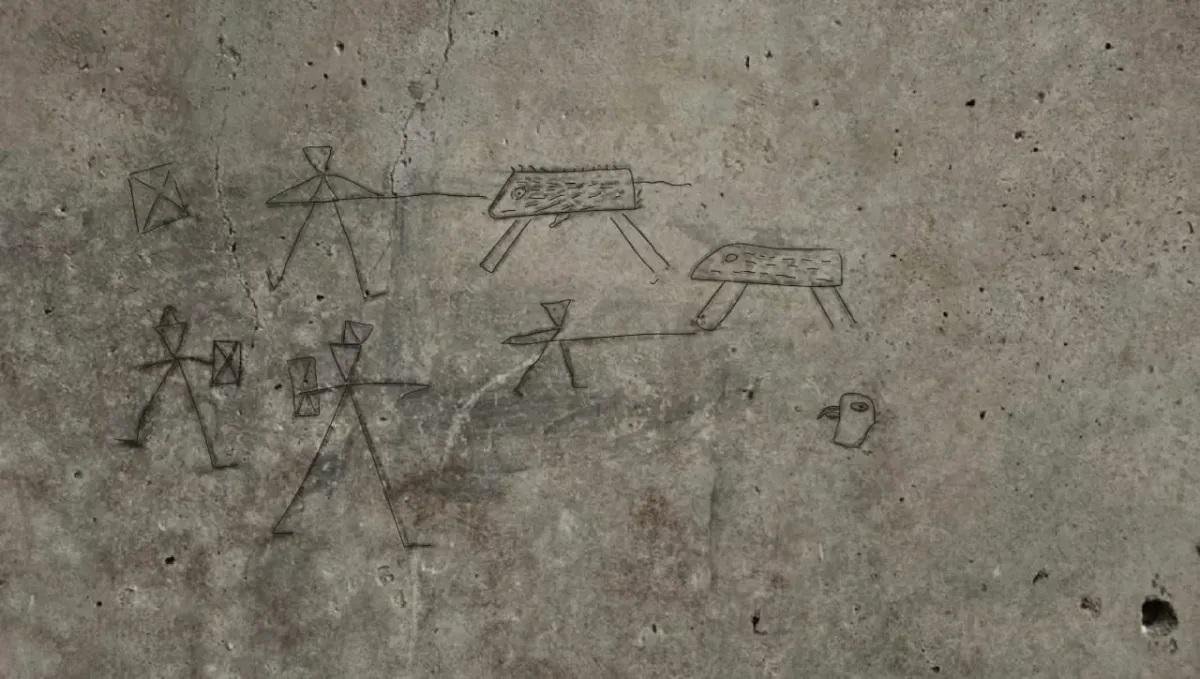Archaeologists working on the ancient agora (marketplace) of the city of Smyrna in Greece have made a fascinating discovery – a rich collection of Greek graffiti dating back to the 2 nd and 4 th centuries AD.

The graffiti, which is said to be the richest collection of Greek graffiti ever found, includes writing, paintings and carvings which depict many different figures and scenes, from trade ships to gladiators.
The text graffiti also sheds light on the daily life in the Hellenistic and Roman periods, including the feelings, emotions and beliefs of the people. One inscription, for example, says “I love someone who does not love me”, while another writes: “The god healed my eyes, this is why I dedicate an oil lamp to the gods”. Reference to a plurality of ‘gods’ indicates belief in the ancient Greek gods, while other graffiti reflects belief in Christianity.

Smyrna was an ancient city located at a central and strategic point on the Aegean coast of Anatolia. Due to its advantageous port conditions, its ease of defence and its good inland connections, Smyrna was a thriving city. It is located at two sites within modern İzmir, Turkey. The first site rose to prominence during the Archaic Period as one of the principal ancient Greek settlements in western Anatolia. The second, whose foundation is associated with Alexander the Great, reached its heights during the period of the Roman Empire.
The graffiti shows that İzmir was very tolerant even in ancient times as the writings mention the names of other cities and cultures, something that would not have been allowed in a more restrictive society.
Interestingly, the graffiti also contains many riddles which have not yet been solved. There is also much still hidden under plaster and experts are working on uncovering it without damaging the graffiti on the top layer. Only time will tell what other insights can be gained into this ancient society.